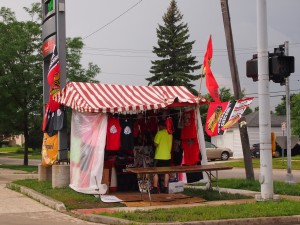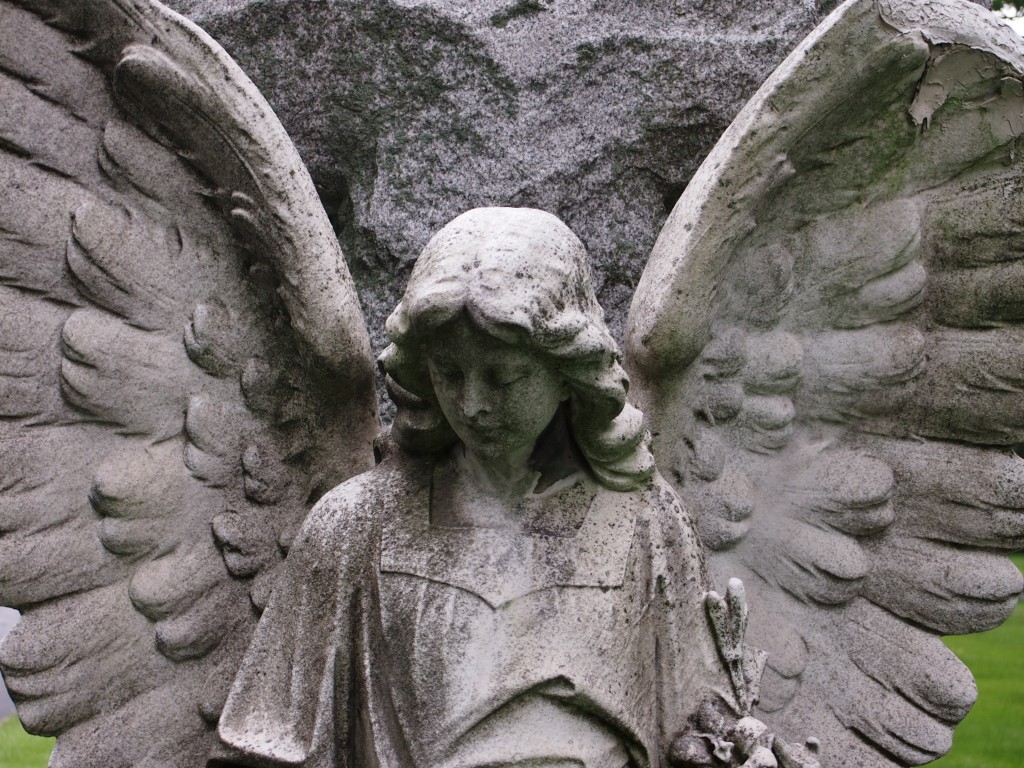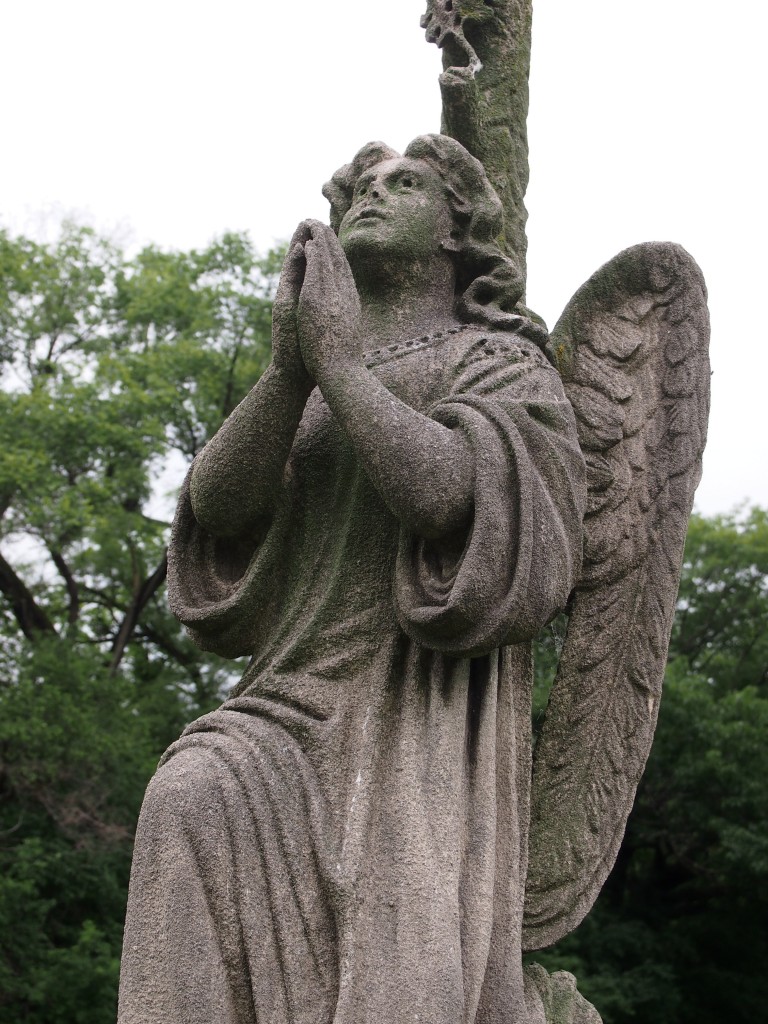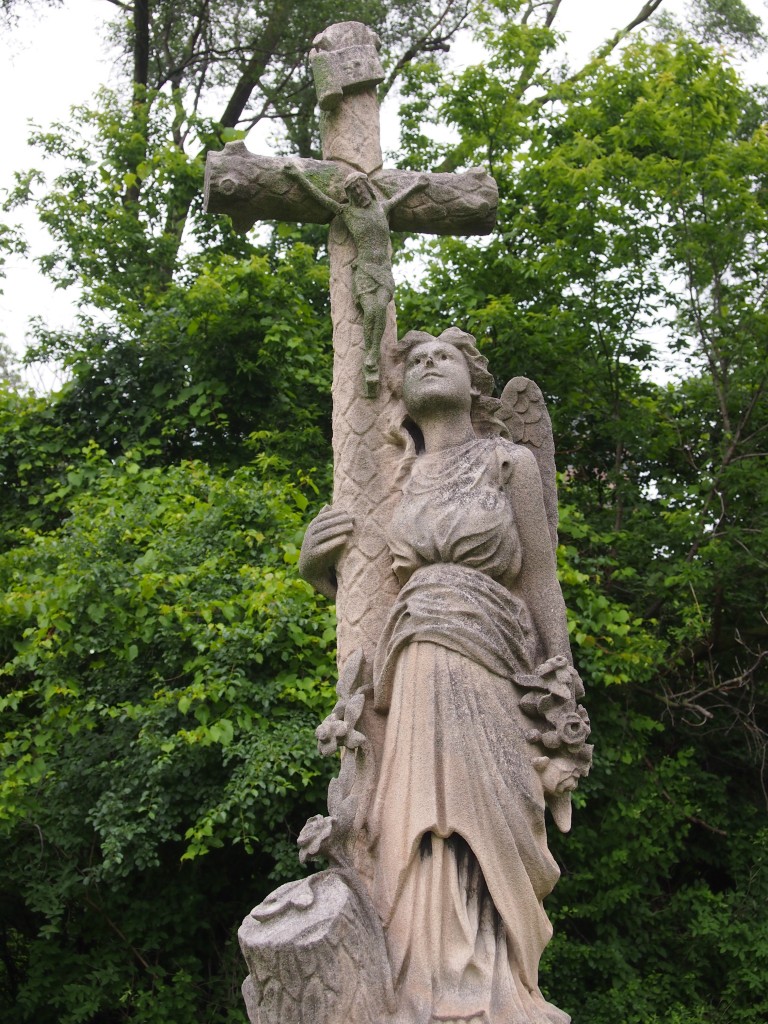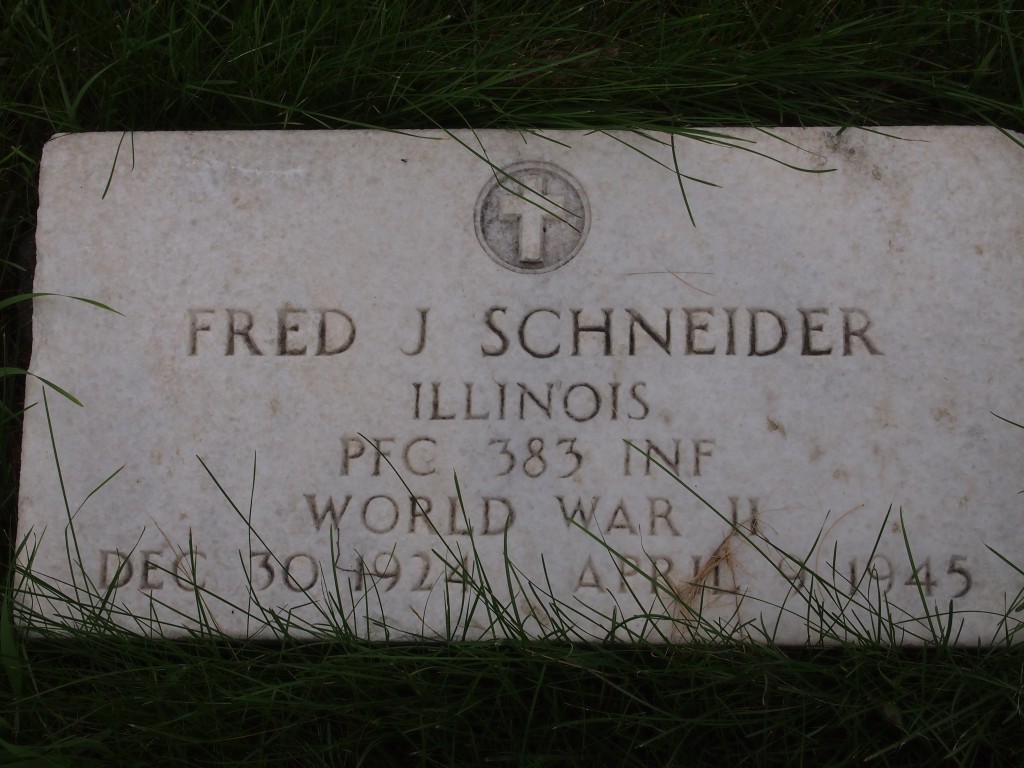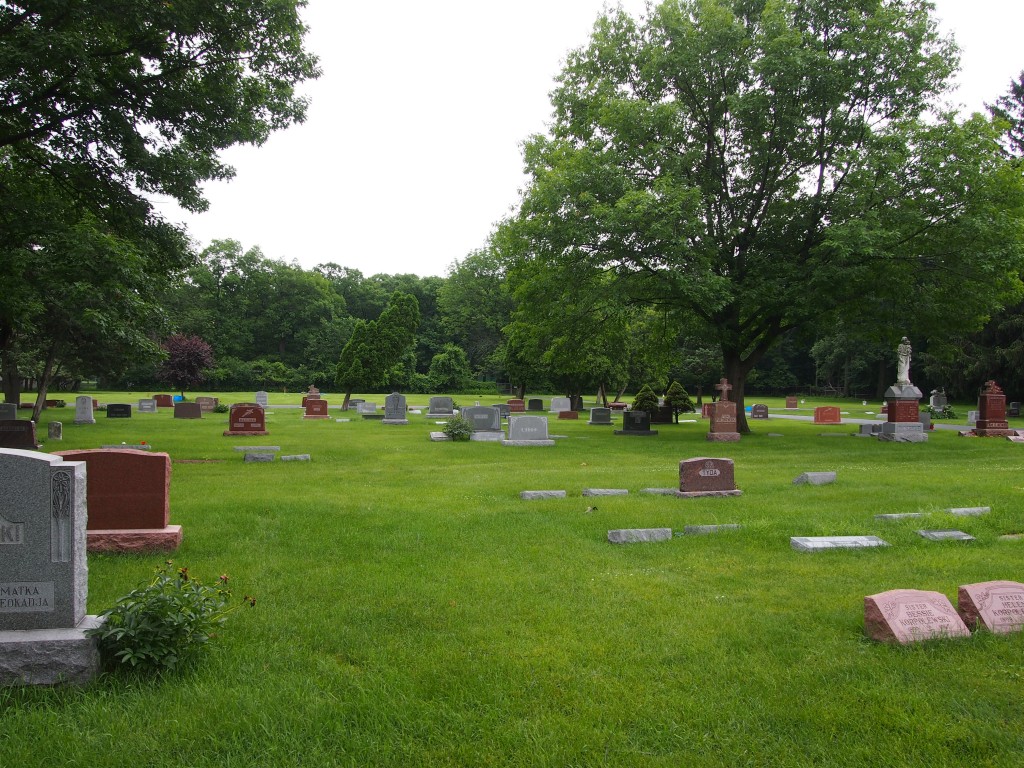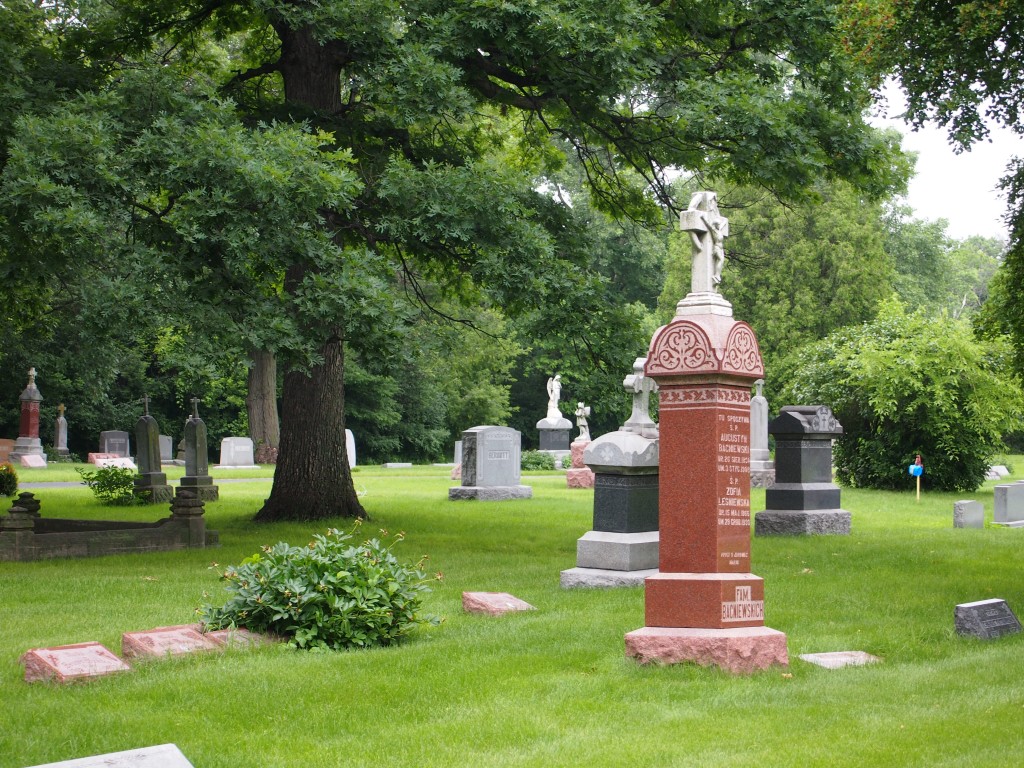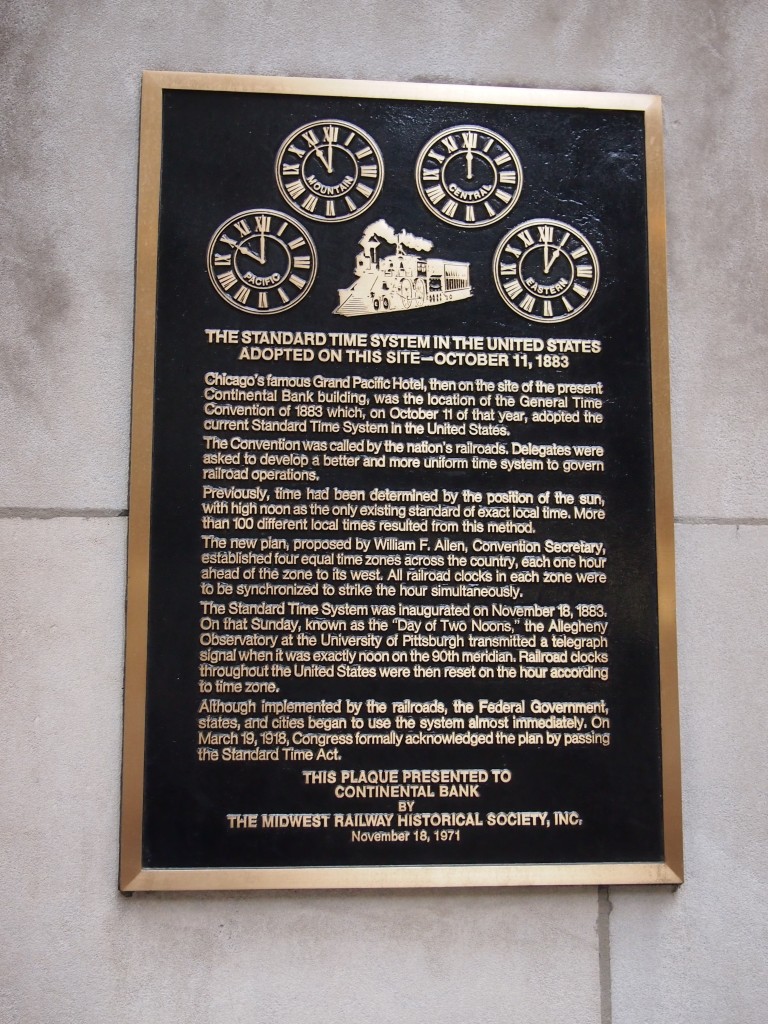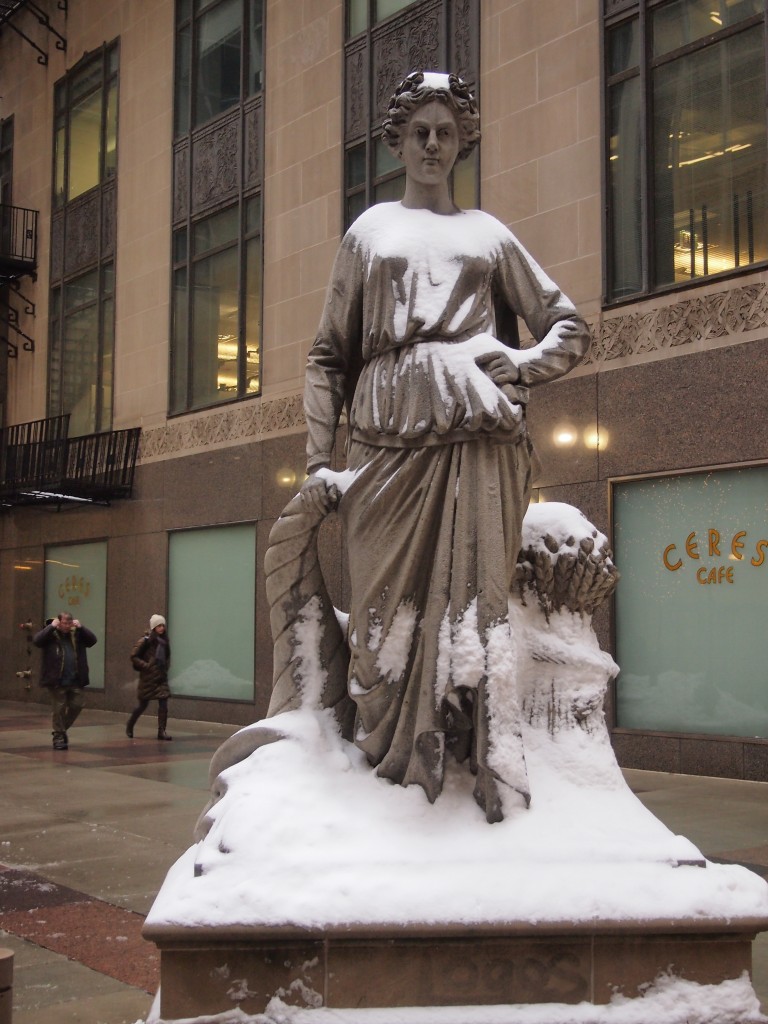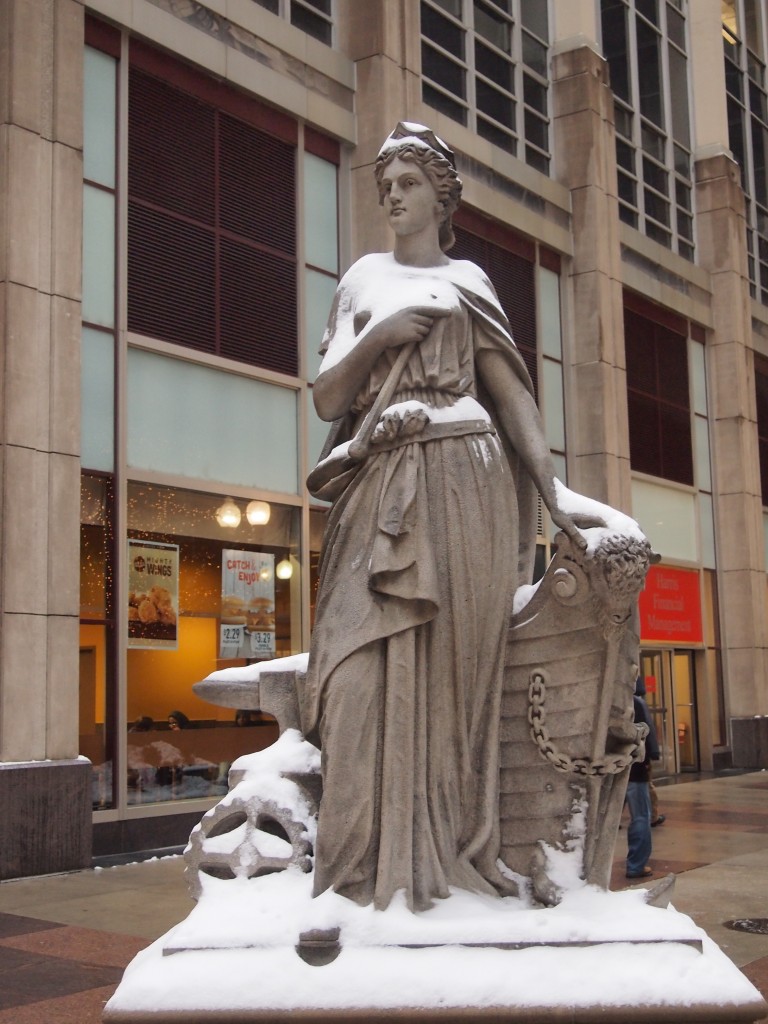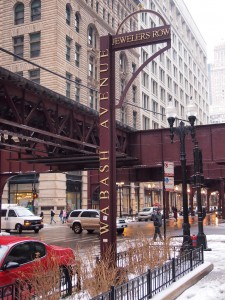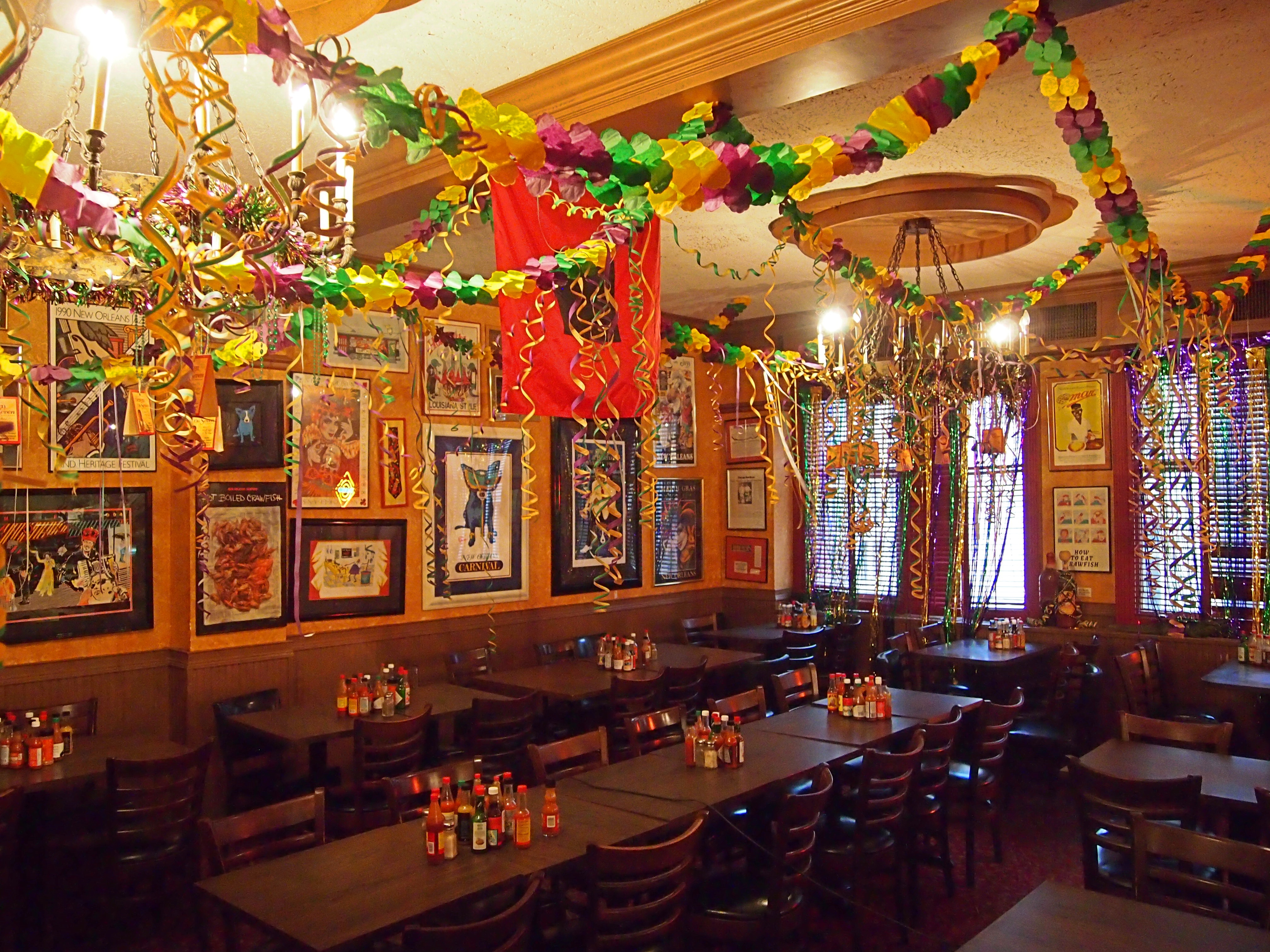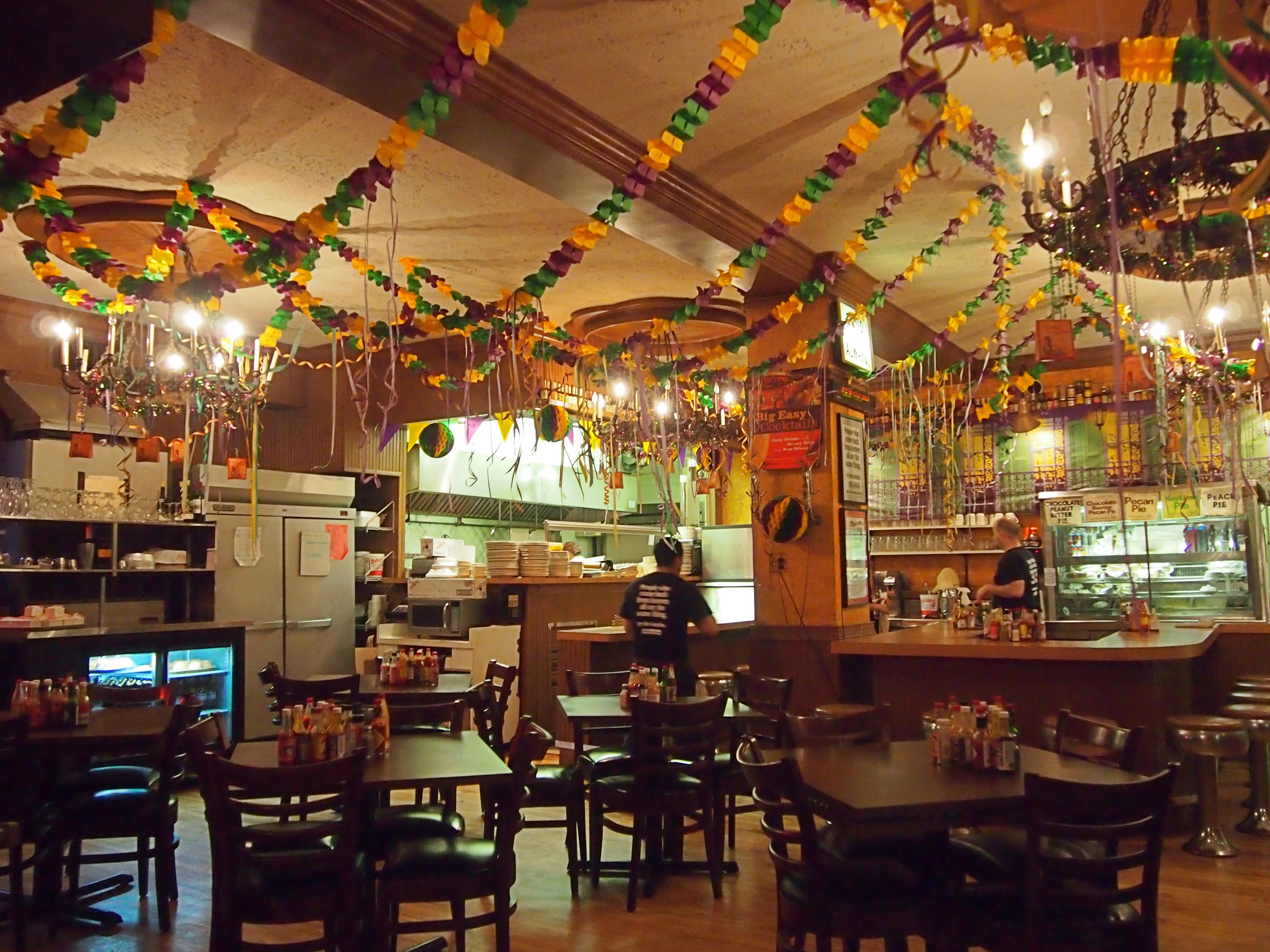I looked at Oddschecker.com this morning and, as reported elsewhere, “George” is the favorite for naming the newborn child of the Duke and Duchess of Cambridge. Followed by James, Alexander, Louis – Louis? after Louis Mountbatten, probably, but so many French kings used it – Arthur and Henry. Maybe he’ll get all of those. I doubt I’ll live to see which regnal name he picks, anyway.
The longest of the long shots, and I’m only counting names that more than one booking organization is taking bets on, are Wayne, Tyler, Winston and Terry. Reportedly, Ladbrokes is offering 5000-1 odds on the prince being named “North,” or “Psy,” and Power Paddy’s giving 500-1 on “Rumpelstiltskin,” but you have to wonder whether they’re just having a spot of fun with those. “Zog” doesn’t seem to be in the running at all.
The favorites are OK, I suppose, though there seem to have been enough Georges since the Stuarts got the bum’s rush. The Windsors ought to reach a little further back to such kingly names as Offa, Egbert, Ethelwulf, or Ethelbert. If those sound too peculiar to modern ears – and they do – Alfred is always available. He was great, after all. But maybe those names are all too English, and would help goad the Scots toward independence.
We made it as far east as Buckingham Fountain on Saturday. Here Ann (left) and her cousin Rosie take a look.
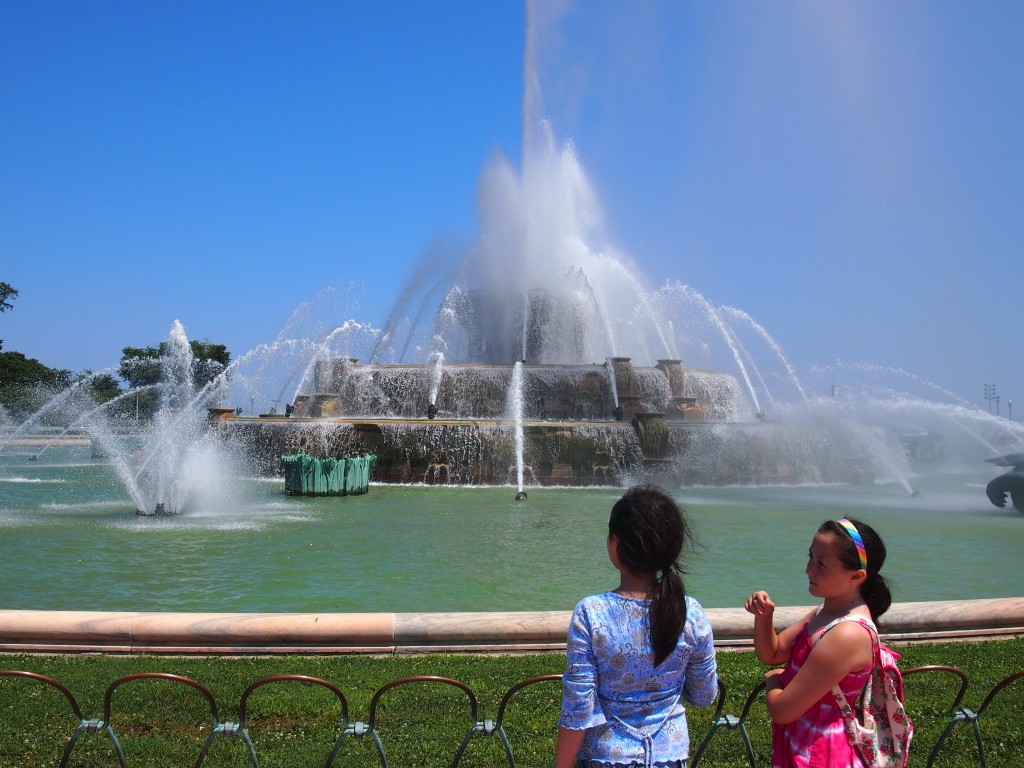 It’s been some years since I’ve seen the fountain up close, which in full is called the Clarence F. Buckingham Memorial Fountain, though I’ve never heard anyone call it that. It’s named for the brother of the philanthropist Kate Buckingham, who funded its construction and set up a trust for its maintenance back in the 1920s.
It’s been some years since I’ve seen the fountain up close, which in full is called the Clarence F. Buckingham Memorial Fountain, though I’ve never heard anyone call it that. It’s named for the brother of the philanthropist Kate Buckingham, who funded its construction and set up a trust for its maintenance back in the 1920s.
An interesting blog called Connecting the Windy City has this to say about the heiress Kate Buckingham: “The Fulton elevator, the city’s first grain elevator, was built by her grandfather, Solomon Sturges. Her father, Ebenezer Buckingham, was also responsible for the construction of grain elevators and elevated railroads in the city.”
Ebenezer. Now that would be a catchy name for the royal child. And it would honor that great British inventor, Ebenezer Tweezer.
Back to the fountain. According to the Chicago Park District, “Edward H. Bennett designed the monument in collaboration with French sculptor Marcel Loyau and engineer Jacques H. Lambert. Inspired by the Latona Basin at Versailles, the structure is composed of four basins clad in elaborately carved granite and pink Georgia marble.
“The Buckingham Fountain, however, is twice the size and re-circulates approximately three times more water than its French counterpart. [Anything the French can do, we can do bigger.] Chicago’s fountain is also unique as it symbolizes Lake Michigan. Conveying the enormity of the lake, its major display… sprays water to a height of 150 feet from the ground. The massive lower basin features four sets of Art Deco-style sea horses representing the four states that border Lake Michigan.” Never heard that interpretation before, but why not?
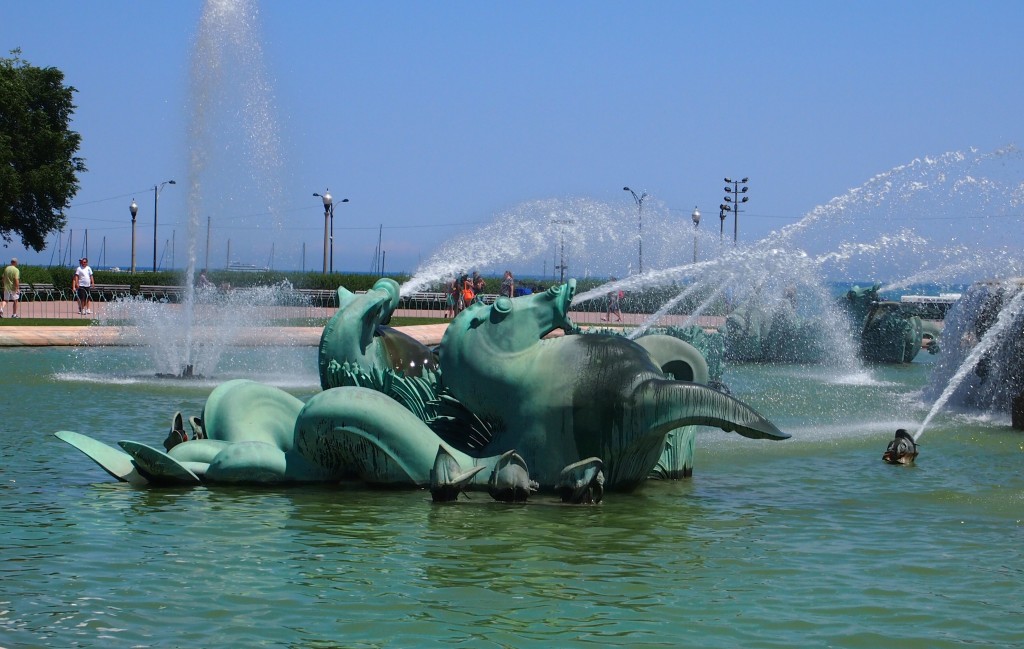 “The Fountain’s water capacity is 1.5 million gallons. Depending on wind conditions, major displays use approximately 14,100 gallons of water per minute conveyed through 134 jets. Water is re-circulated from the base pool after the basins are filled and not drawn from the outside except to replace losses from wind and evaporation.”
“The Fountain’s water capacity is 1.5 million gallons. Depending on wind conditions, major displays use approximately 14,100 gallons of water per minute conveyed through 134 jets. Water is re-circulated from the base pool after the basins are filled and not drawn from the outside except to replace losses from wind and evaporation.”
